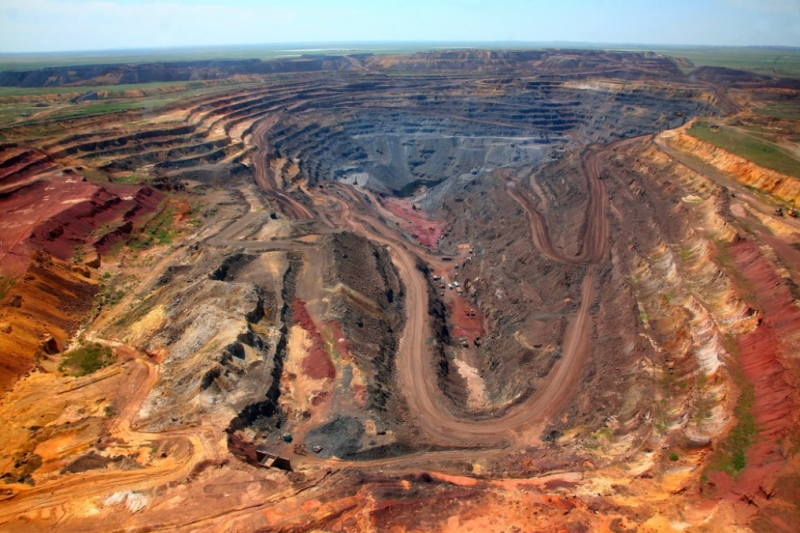
Impact of China’s Rare Earth Export Curbs on Global Markets
China controls about 70% of rare earth mining and nearly 90% of processing worldwide. Its recent export restrictions target key rare earth elements such as holmium, europium, and ytterbium. These curbs pose major challenges for global supply chains. The restrictions, planned to expand in December, affect sectors from advanced electronics to defense. Countries like the US are investing heavily in domestic mining and processing to reduce dependence. Companies like Lynas Rare Earths, MP Materials, and Critical Metals have seen significant share gains amid these changes.
The semiconductor industry relies heavily on rare earth elements for chip manufacturing. China dominates the supply of materials like cerium-based polishing liquids and yttrium coatings. Export curbs risk disrupting production of these critical components. However, major chipmakers such as ASML and Taiwan Semiconductor Manufacturing Co. hold enough strategic inventories to offset short-term risks.
China’s Rare Earth Curbs and Their Effect on Defense and Automotive Sectors
Defense contractors such as Lockheed Martin and General Dynamics depend on rare earths for advanced weaponry like F-35 jets and nuclear submarines. Supply restrictions threaten to halt production lines due to single-supplier reliance. Automakers face component shortages as well. Tesla and BMW are exploring rare-earth-free motor technologies or alternative suppliers outside China. General Motors recently signed domestic supply contracts to reduce dependence on Chinese sources.
Wind energy manufacturers also face supply pressures. Elements like neodymium and dysprosium are crucial for permanent magnets in turbines. Despite possible price increases, companies like Siemens Energy and Vestas Wind Systems adjust supply chains to maintain stable production.
SuperMetalPrice Commentary:
China’s rare earth export curbs highlight critical geopolitics shaping global commodity markets. Investors should monitor government efforts in rare earth mining outside China. Technological advances that reduce dependency on these materials also matter. Trade tensions add a “security premium” that could keep rare earth prices elevated. This may boost valuations of Western miners. Ultimately, supply diversification and innovation in rare-earth alternatives will define sector resilience and investment opportunities.


![[Price Reporting] Stainless Steel : Alnico Alloy, Kovar](https://supermetalprice.com/wp-content/uploads/2025/02/Price-Reporting-Stainless-Steel-Alnico-Alloy-Kovar-scaled.jpg)
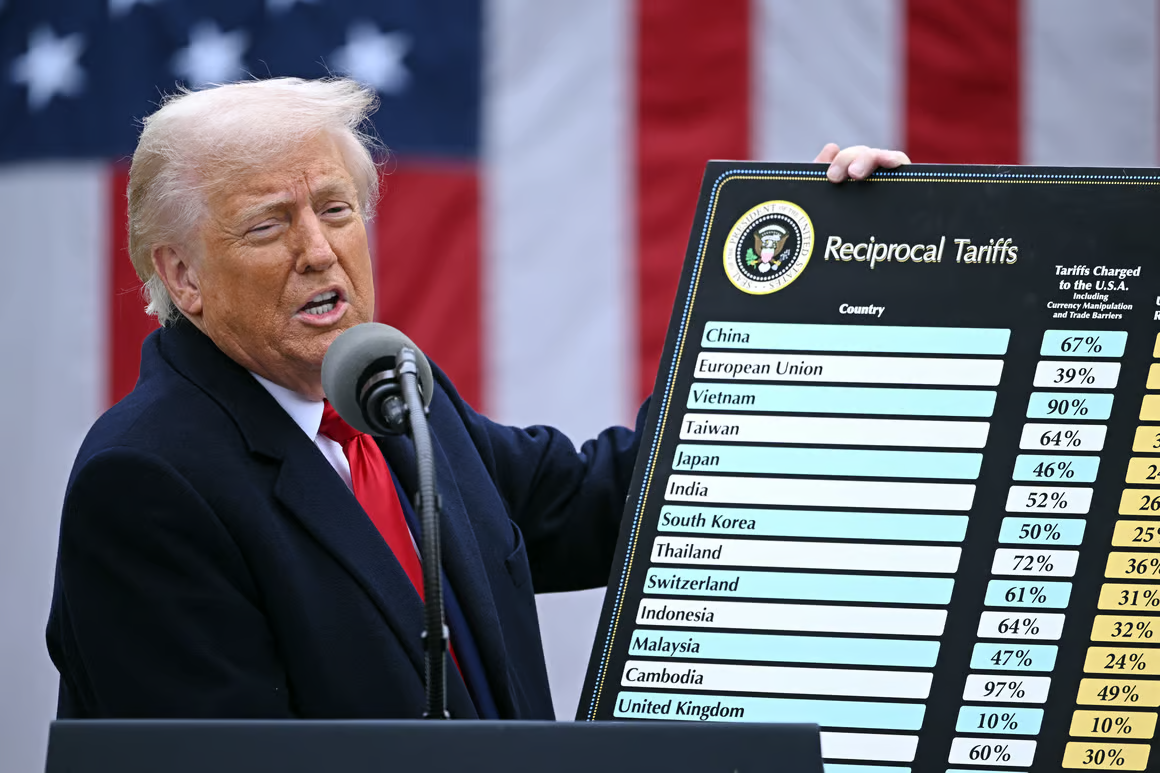



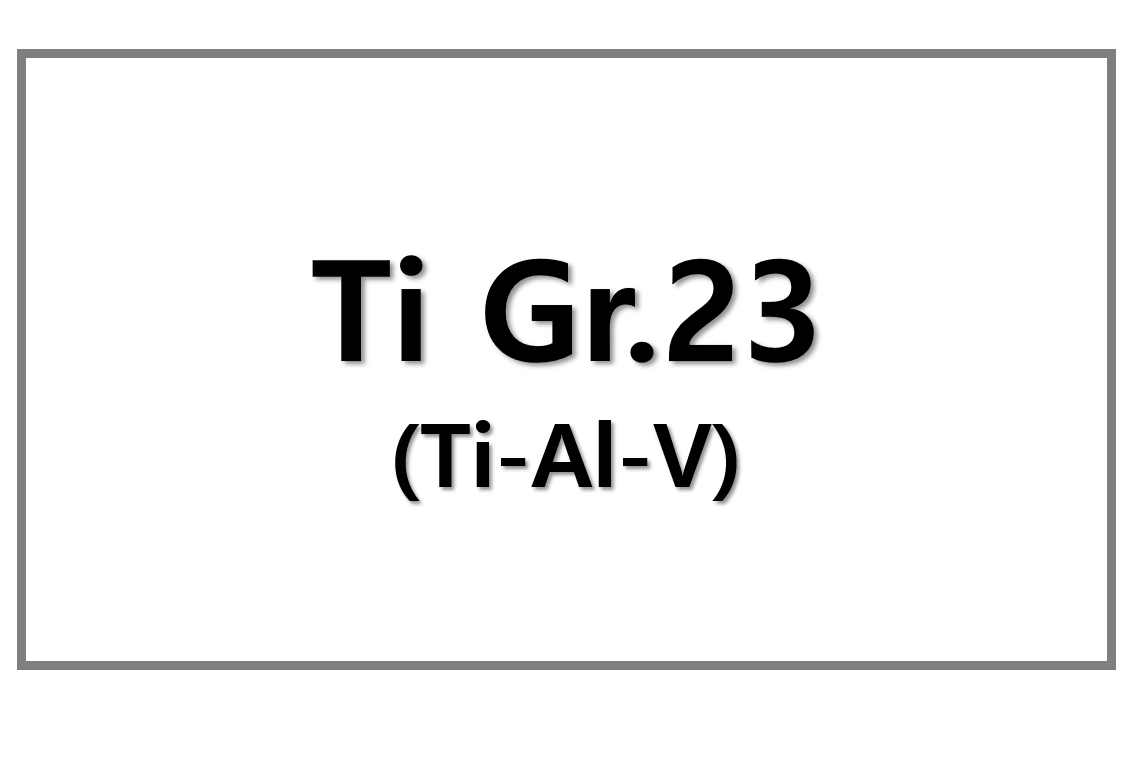
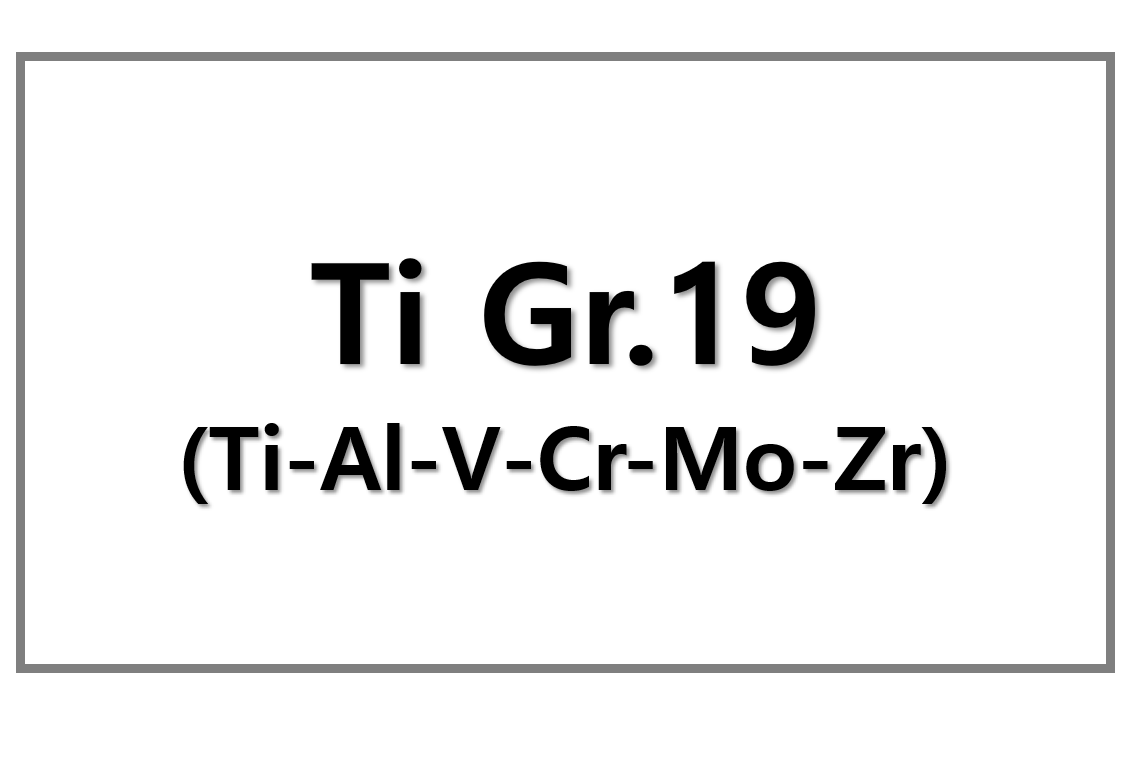
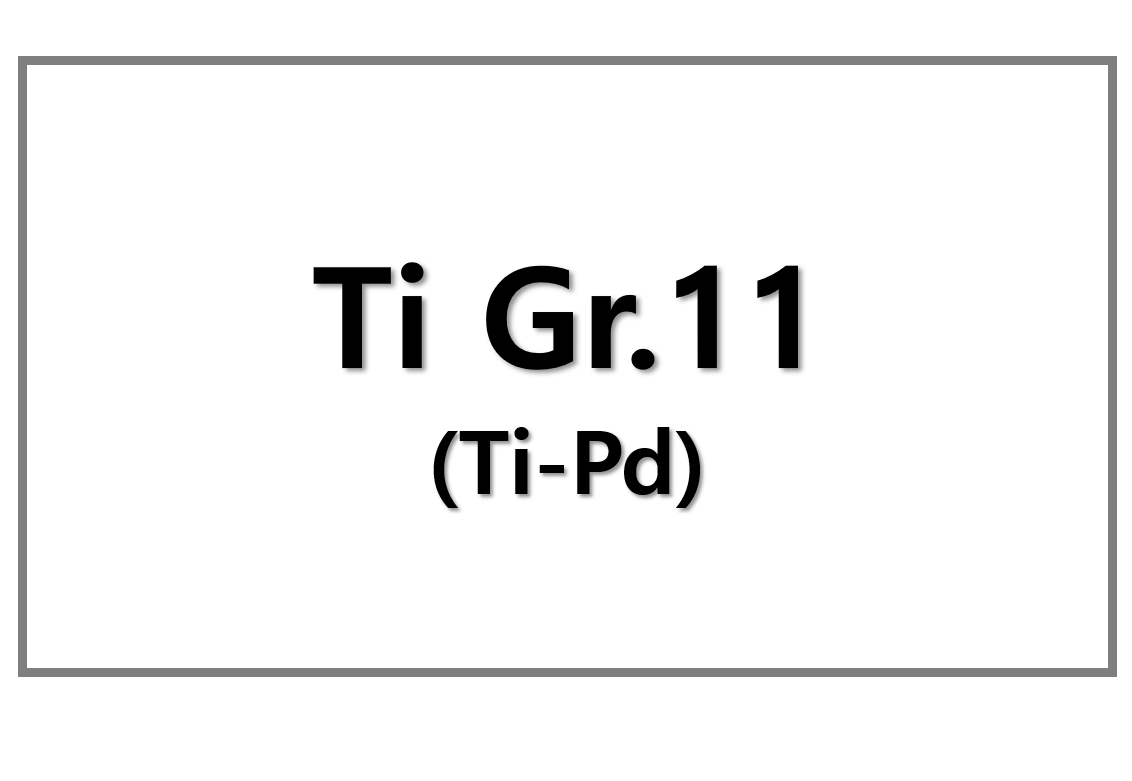
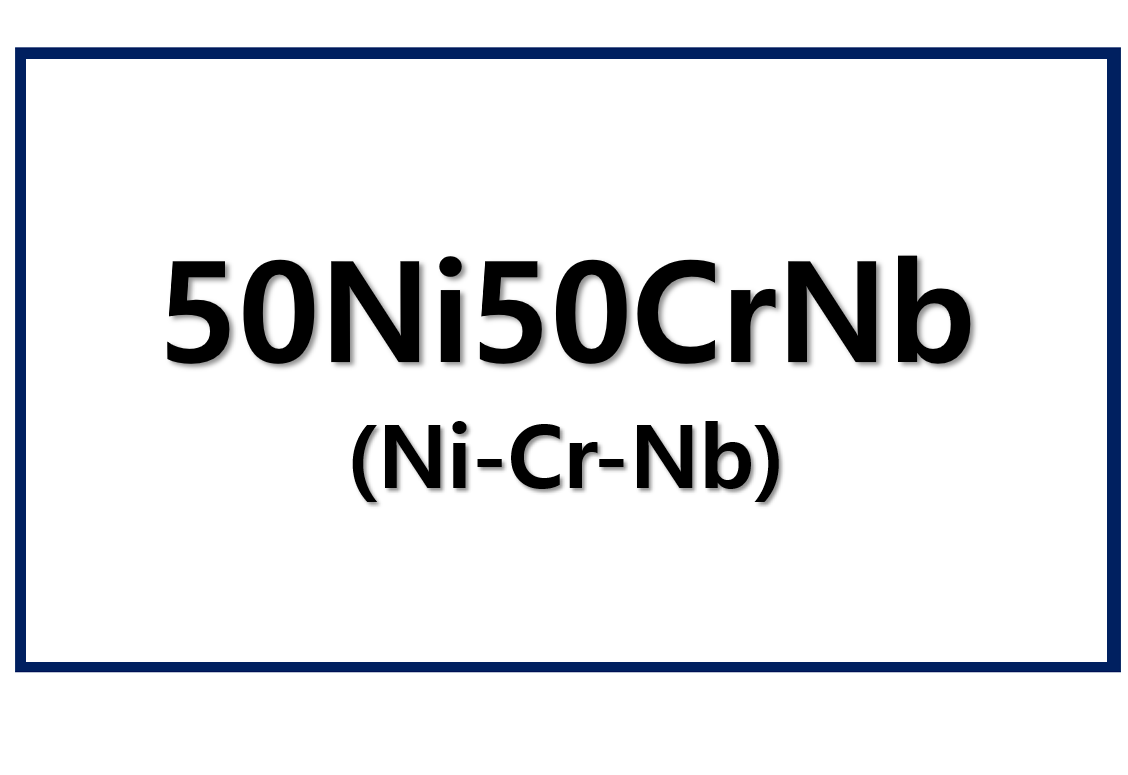
Leave a Reply
You must be logged in to post a comment.